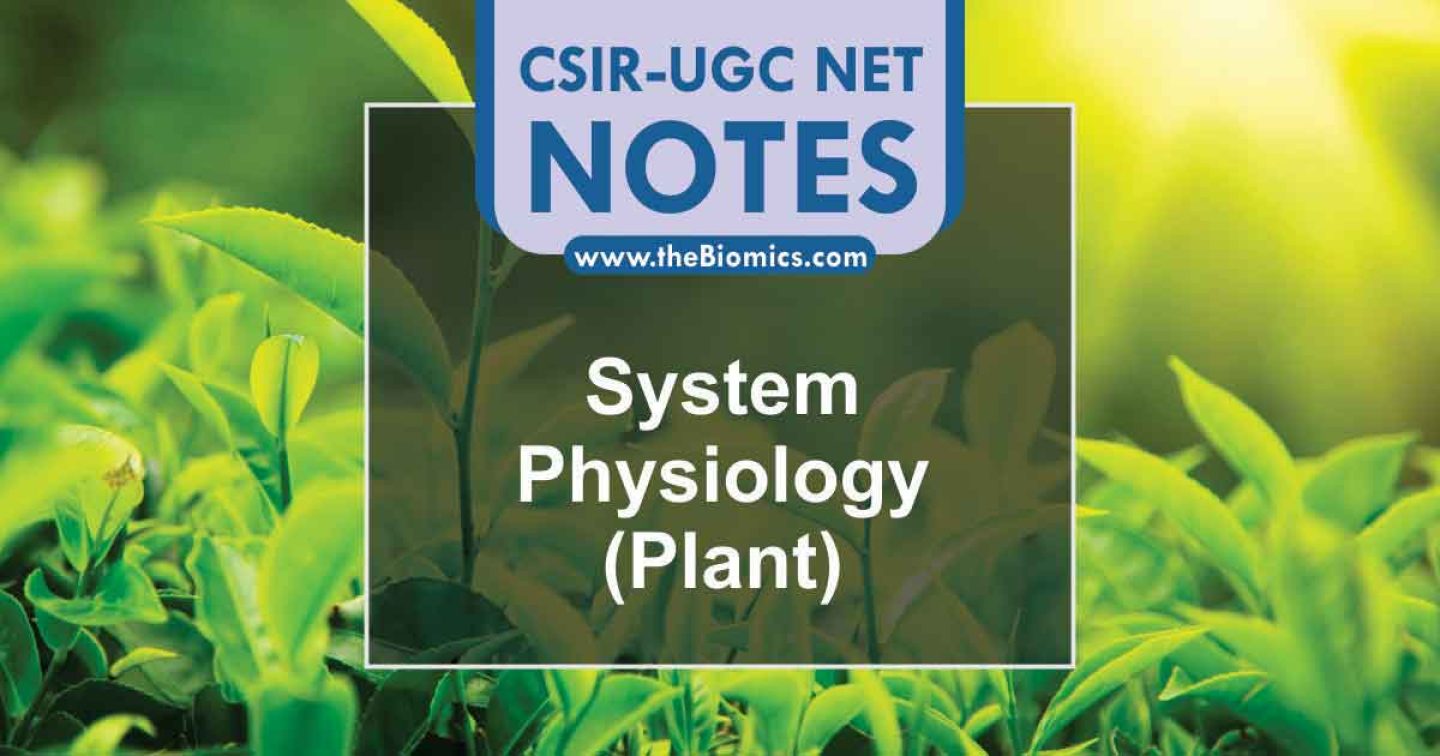

All Plants are Autotrophic? - Heterotrophic Nutrition In Plants
Plants can make their own food therefore plants are autotrophic. Whereas animals cannot make their food, and dependent on plants to derive nutrition, hence animals are known as heterotrophs. But the question arises if all plants are autotrophs?
Heterotrophic Nutrition in Plants
Among living organisms only plants are autotrophic
It is known that most of the green plants are autotrophs, they can synthesize their food from water and carbon dioxide in the presence of sunlight through a process called Photosynthesis, and oxygen is released during Photosynthesis. The ability to make their food by plants is known as Autotrophic nutrition in Plants.
Heterotrophic nutrition is a common attribute
Whereas animals cannot make their food, and animals dependent on plants to derive nutrition, hence animals are known as Heterotrophs. The nutrition in animals is called Heterotrophic nutrition. Even in the Plant community, there are some kinds of plants, which do not contain chlorophyll shows heterotrophic nutrition, they rely on other plants and animals to derive their food. These heterotrophic plants are of different kinds such as Parasitic plants, Insectivorous plants, Saprotrophs, Symbiotic plants, etc.
Plants are autotrophic as well as heterotrophic. Here is why.
Parasitic Plants
Some plants that live on another plant for their nutrition, called Parasitic plants. The plant on which these plants inhabit is called the host plant. For example, 'Cuscuta' is a parasitic plant, which lacks chlorophyll depend on the stem of the host plant, hence Cuscuta is called a total stem parasitic plant. Another plant 'Viscum' posses chlorophyll and gets nutrition through photosynthesis but it depends on the host plant only for water and minerals, this kind of plant is called as Partial stem parasite.
Some other plants like Raflessia, Orobanchae live on the roots of the host plant and get their nutrition, hence these plants are called Total root parasitic plants. Another plant Santalum album possesses chlorophyll but they depend on the root of the host plant for the germination of seeds. Therefore these kinds of plants are called Partial root parasites.
Insectivorous Plants
Some of the plants depend on insects for their food and such plants are known as insectivorous plants. The leaves of these plants are modified into a special kind of structure called ‘Pitcher’, which contains hair in a downward direction to trap the insects and also secrets some digestive juices which help in the digestion of the insect. Some examples of insectivorous plants include Dischidia, Drosera, Dionea, Utricularia, and Nepenthes.
Saprophytic Plants
Some of the plants survive on the dead and decaying food and organisms for their nutrition. This mode of nutrition is called as Saprotrophic nutrition and the plants are called as saprophytic plants. Some of the saprophytic plants are Neottia, Monotropa, etc. These are not true saprophytes, but they are closely associated with saprophytic fungi.
Symbiotic Plants
Some of the plants form a symbiotic relationship with other organisms to live together or to share shelter and food. These kinds of plants are called Symbiotic plants. For example, some fungi live in the roots of plants to take food from the tress and in return help the trees in absorbing water and nutrients from the soil. Some other organisms like chlorophyll-containing algae live in association with fungi, together called as Lichens.
Like this, not all plants are autotrophs, and cannot synthesis their food. There are these many kinds of plants that depend on other organisms and animals for their food and nutrition. This is one of the unique features of the ecosystem. And it also makes the plant world more beautiful and diversified.
